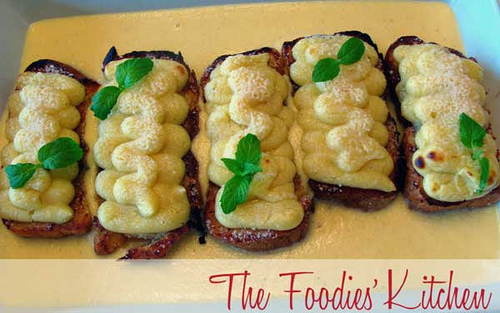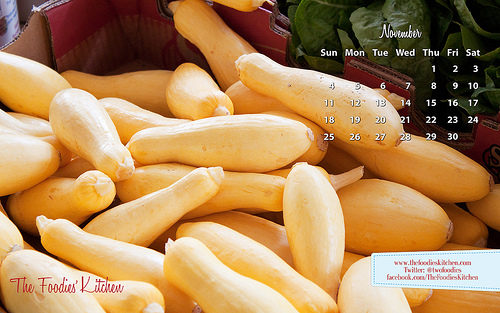
Spanish Torrijas with Vanilla Custard and Cinnamon English Cream
This post is also available in ENGLISH (INGLÉS)
A torrija is a Spanish dessert which is essentially French toast. Thick day old slices of white bread are dipped in a mixture of milk, and then they are browned on a pan with melted butter. They can be served with liquor infused syrup, or as in this recipe, accompanied by “manjar” (custard), which can be described as a smooth and not too firm custard, and Cinnamon English cream.
I got this recipe from the cooking classes I take from Chef Mario Campollo in Antigua, Guatemala,and decided to try the recipe at home for a family get-together…everyone loved them. They are a creamy, vanilla, French toasty comfort dessert that goes perfectly with a strong, steamy cup of good coffee.
A friend of the family, Michele de Gisbert who joined me on Chef Campollo’s classes has a breadmaker at home and made the delicious brioche bread I used to make these, and it made all the difference. Thanks again, Michele!
The only thing I am missing is a flaming torch, I’ve been meaning to get one for months but haven’t gotten around to buying it. After adding the custard, you should sprinkle sugar on it and use your torch to caramelize it. I tried to put them in the broiler, but did not get the result I wanted. Next time I make these, I’ll make sure I have my torch!

Torrijas with Manjar
and Cinnamon English Cream
Serves 4
Recipe from Chef Mario Campollo
Ingredients:
For the Torrijas:
4 1 inch slices of brioche bread, or white bread.
2 eggs
1 cup cream
1 cup milk
½ cup sugar
2 oz butter
For the “Manjar” (Custard):
2 cups of milk
5 oz sugar
2.5 oz all purpose flour
4 egg yolks
½ vanilla pod’s seeds
For the Cinnamon English Cream:
1 cup milk
1 cup cream
4 egg yolks
½ cup of sugar
A pinch of salt
½ vanilla pod’s seeds
½ cinnamon stick
Mint leaves, for garnish (optional)
Procedure:
For the Torrijas:
- Cut the bread sliced in half.
- In a large bowl, mix the milk, cream, sugar and egg yolks until all the ingredients are well incorporated. This mix will be used to dip the bread slices in.
- Heat a large pan over medium-high heat, and add the 2 oz of butter. When the butter has melted and is starting to foam, add the bread slices previously dipped in the milk mixture. (dip them one by one, and add them to the pan as you go). You can leave this part until the end. Make the “manjar” and English cream frst.
For the “Manjar”:
- Bring milk to a boil over medium heat, add vanilla.
- In another bowl, mix the egg yolks and the sugar until light and fluffy, sift in the flour.
- Add a little of the boiling milk to this mixture, to temper it. If you add it all at once, you’ll get scrambled eggs. By adding a little bit at first and mixing it well, you will gently bring the egg mixture to the hot temperature of the milk, and you will get a smooth consistency.
- Add this mixture to the rest of the milk that is still in the pot, and mix over medium heat until it starts to thicken. You’ll know the mixture is ready when you dip a spoon in it and it leaves an even film, this film can be tested by drawing your finger across the coating on the spoon. If it doesn’t run and leaves a clear path, it’s ready.
For the English Cream:
- Bring milk, cream, vanilla, cinnamon to a boil in a medium sized pot. Strain and reserve.
- In a separate bowl combine eggs, sugar, salt and beat until the mixture is light and fluffy. Temper the mixture as explained on the “manjar” procedure. Return the tempered part back to the pot and let it thicken. This will have a soupy consistency, not nearly as thick as the “manjar”.
- Strain, and reserve. ( Don’t skip this step! English cream has to be absolutely smooth, without any lumps)
To assemble the Torrijas:
- Take your browned torrijas and with a piping bag, put “manjar” on top of each piece in a swirling pattern. Add sugar on top and caramelize with a torch.
- Ladle English cream on a plate, place the assembled torrija on top and garnish with mint leaves.
© 2010 – 2020, The Foodies’ Kitchen. All rights reserved | Todos los derechos reservados
This post is also available in ENGLISH (INGLÉS)








